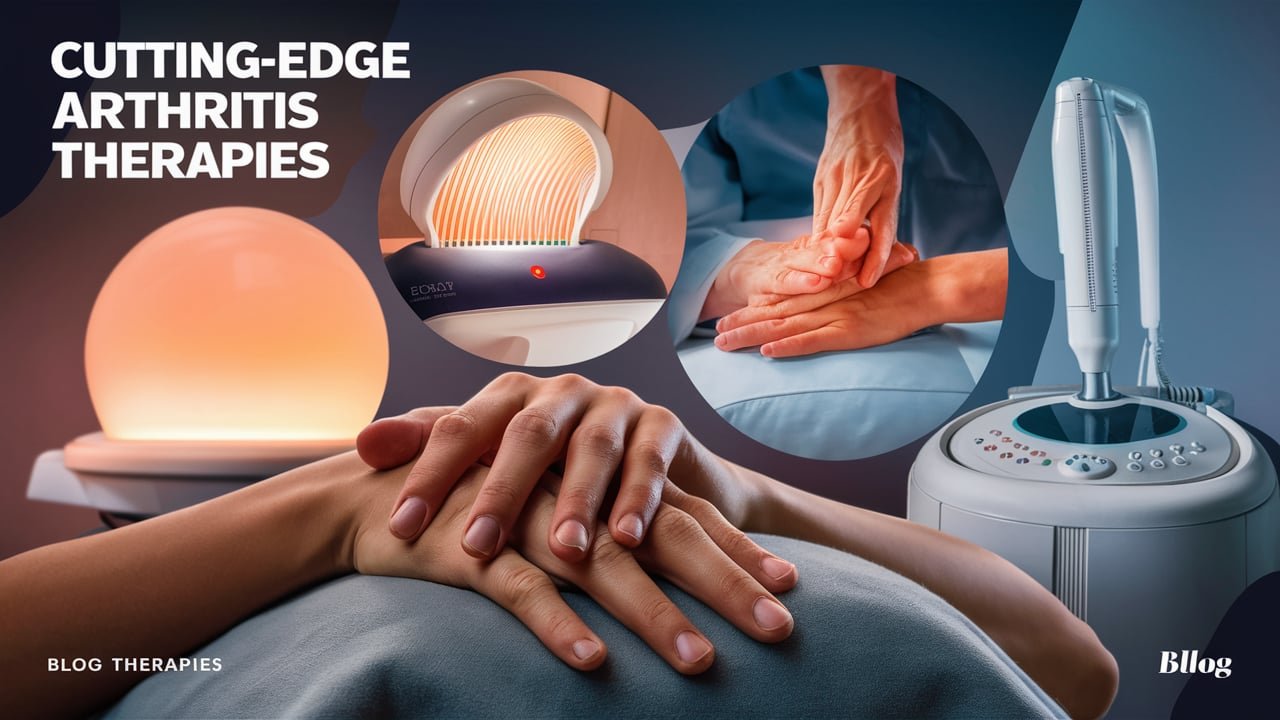Your cart is currently empty!

The Future of Telemedicine Revolutionizing Healthcare Access
In recent years, telemedicine has emerged as a game-changing innovation in the healthcare industry. As technology continues to advance, the future of telemedicine looks brighter than ever, promising to transform the way we access and receive medical care. Let’s explore how this revolutionary approach is reshaping healthcare delivery and improving patient outcomes.
Expanding Access to Healthcare
One of the most significant benefits of telemedicine is its ability to bridge geographical gaps in healthcare access. Rural communities and underserved areas often struggle with limited medical resources, but telemedicine brings expert care right to their doorsteps. Through video consultations and remote monitoring, patients can connect with specialists and receive timely diagnoses without the need for long-distance travel.
Enhancing Convenience and Efficiency
Gone are the days of sitting in crowded waiting rooms for hours. Telemedicine offers unprecedented convenience, allowing patients to schedule appointments at their convenience and consult with healthcare providers from the comfort of their homes. This not only saves time but also reduces the stress associated with in-person visits, making healthcare more accessible for busy professionals and those with mobility issues.
Improving Chronic Disease Management
For patients with chronic conditions, telemedicine is a game-changer. Remote monitoring devices and mobile health apps enable continuous tracking of vital signs and symptoms, allowing healthcare providers to intervene promptly when needed. This proactive approach to disease management can lead to better health outcomes and reduced hospitalizations, ultimately lowering healthcare costs.
Facilitating Mental Health Support
The future of telemedicine holds great promise for mental health care. Virtual therapy sessions and telepsychiatry services have made it easier for individuals to access mental health support discreetly and conveniently. This is particularly beneficial for those who may feel stigmatized or uncomfortable seeking in-person treatment, potentially increasing the number of people who receive the care they need.
Embracing Artificial Intelligence and Machine Learning
As telemedicine evolves, artificial intelligence (AI) and machine learning are set to play crucial roles in enhancing diagnostic accuracy and treatment recommendations. AI-powered chatbots can provide initial screenings and triage patients, while machine learning algorithms can analyze vast amounts of medical data to identify patterns and predict health risks, enabling more personalized and preventive care.
Overcoming Challenges and Ensuring Quality Care
While the future of telemedicine is bright, it’s essential to address challenges such as data security, regulatory compliance, and equitable access to technology. Healthcare providers and policymakers must work together to establish robust frameworks that ensure the quality and safety of telehealth services while protecting patient privacy.
As we look ahead, it’s clear that telemedicine will continue to revolutionize healthcare access, making quality medical care more accessible, efficient, and patient-centered than ever before. By embracing this technology-driven approach, we can create a healthier, more connected future for all.
FAQs:
1. How much does a telehealth visit cost without insurance?
The cost of a telehealth visit can vary, but many providers offer competitive rates. Some may charge a flat fee ranging from $50 to $80 per visit, while others may have subscription-based models.
2. Can I get a prescription through telemedicine?
Yes, in many cases, doctors can prescribe medications during telemedicine consultations. However, certain controlled substances may require in-person visits due to regulations.
3. Is telemedicine covered by Medicare?
Medicare has expanded its coverage for telemedicine services, especially since the COVID-19 pandemic. Many telehealth visits are now covered similarly to in-person visits.
4. What equipment do I need for a telemedicine appointment?
Typically, you’ll need a device with internet access, such as a smartphone, tablet, or computer with a camera and microphone. Some consultations may require additional remote monitoring devices.
5. Are telemedicine visits as effective as in-person doctor visits?
For many conditions, telemedicine can be just as effective as in-person visits. However, some situations may still require physical examinations. Your healthcare provider can advise on the most appropriate type of visit for your needs.






Leave a Reply